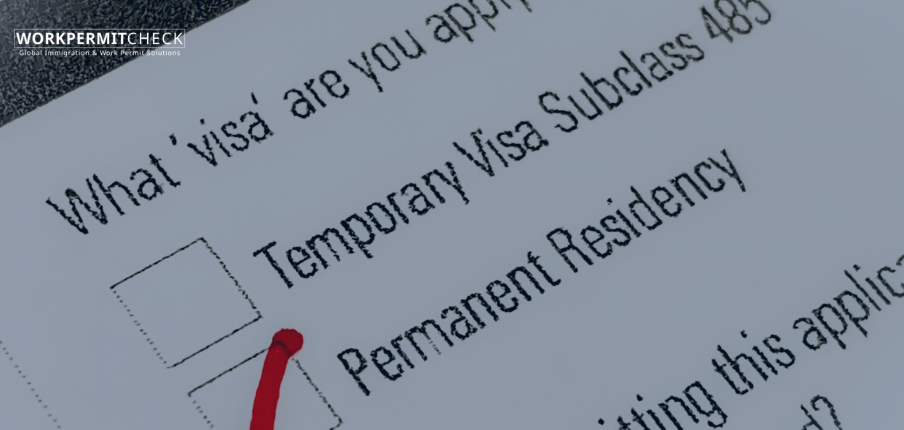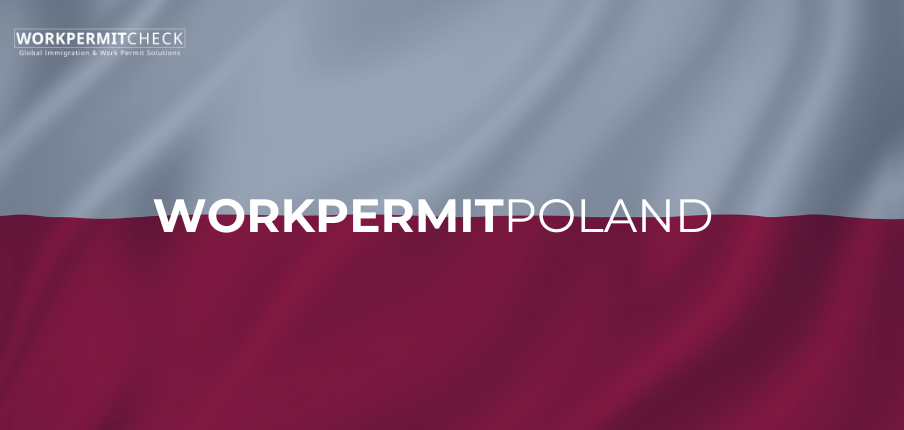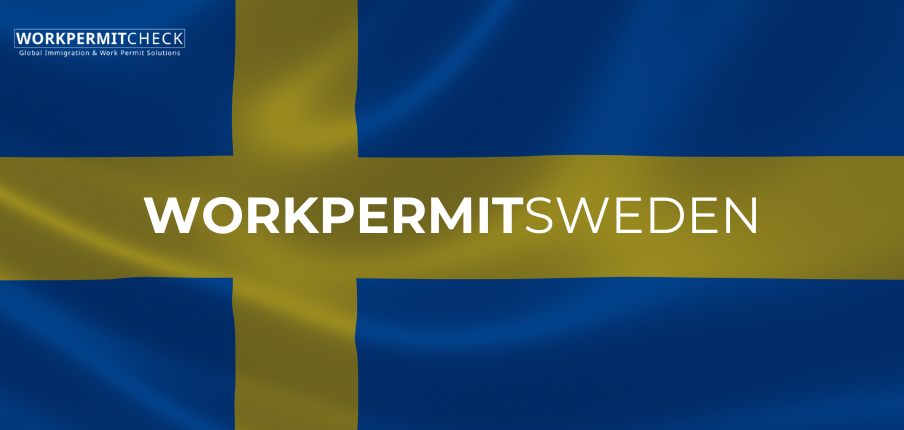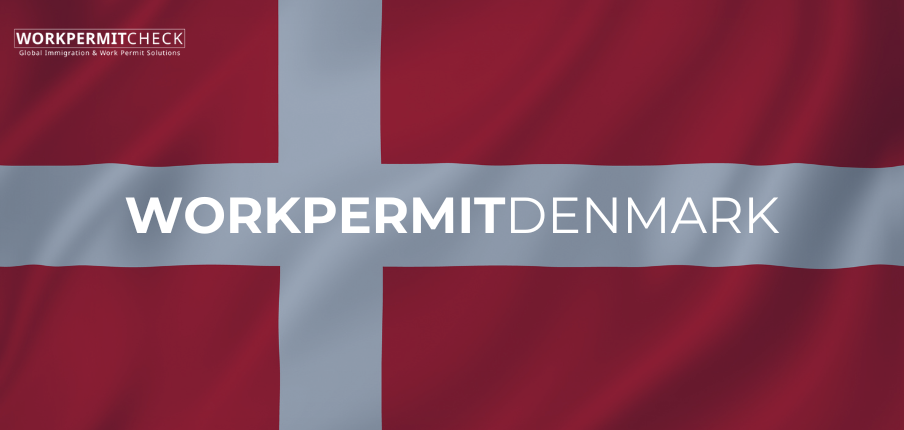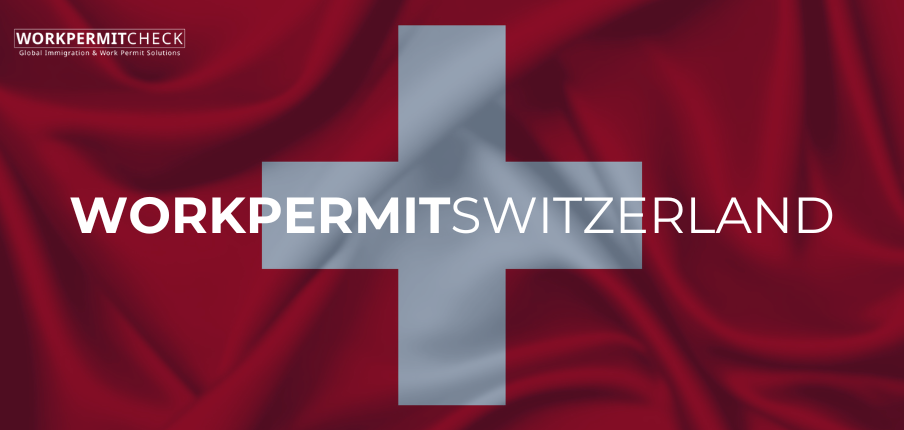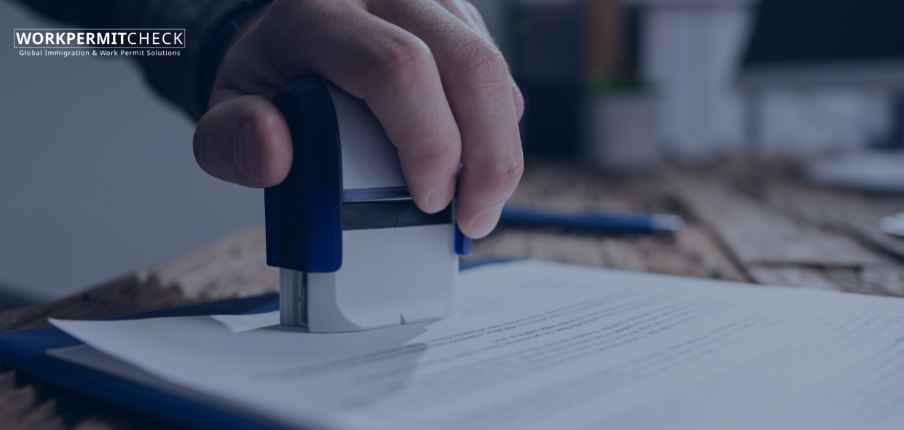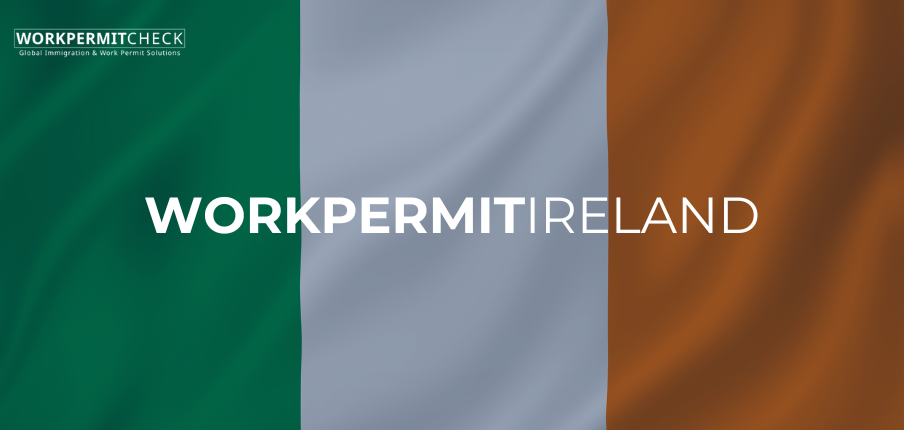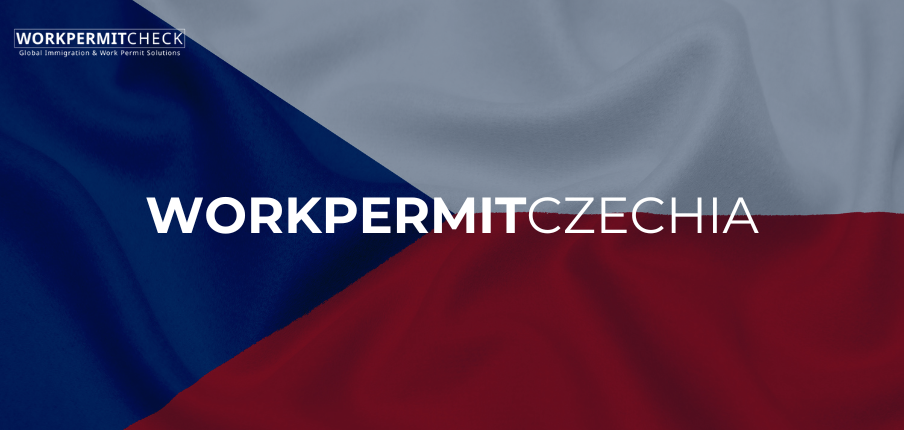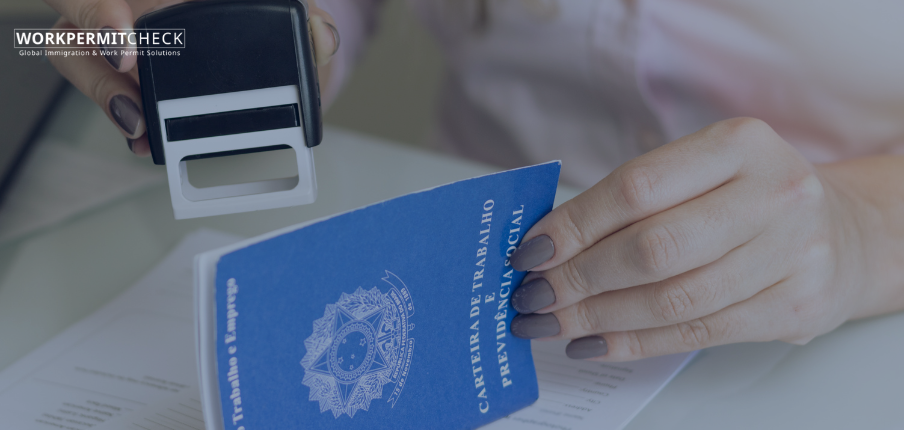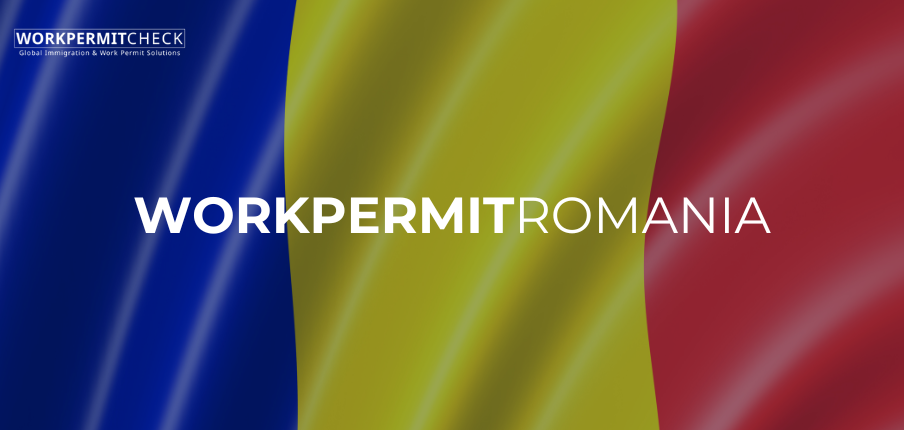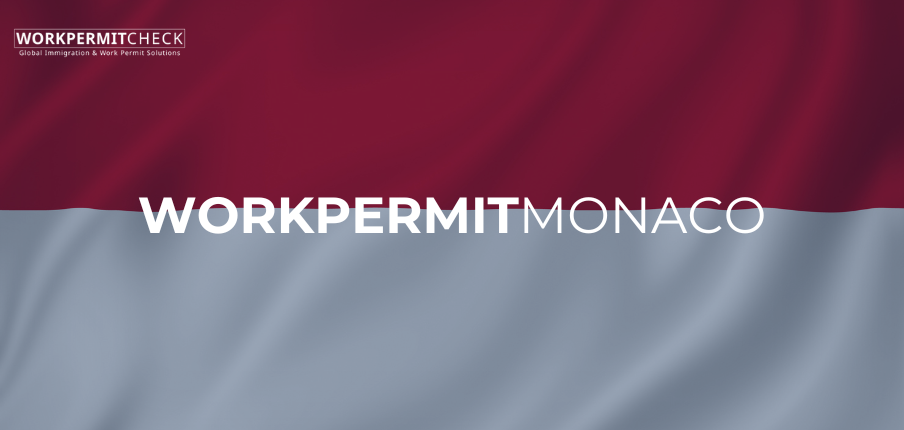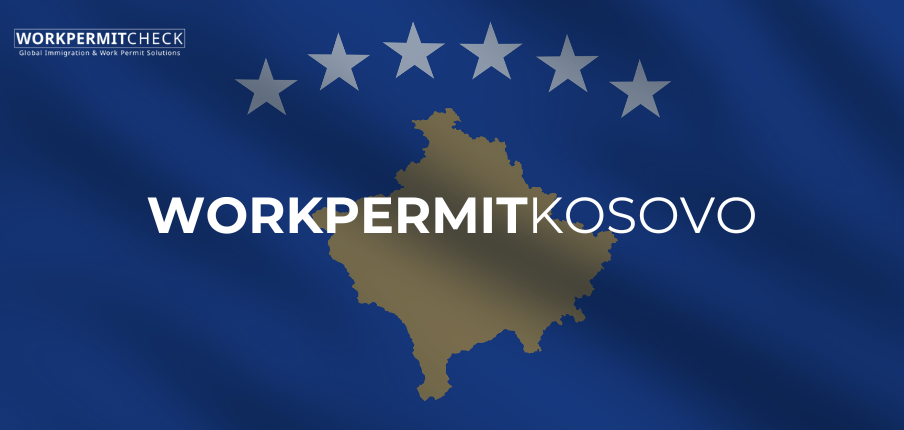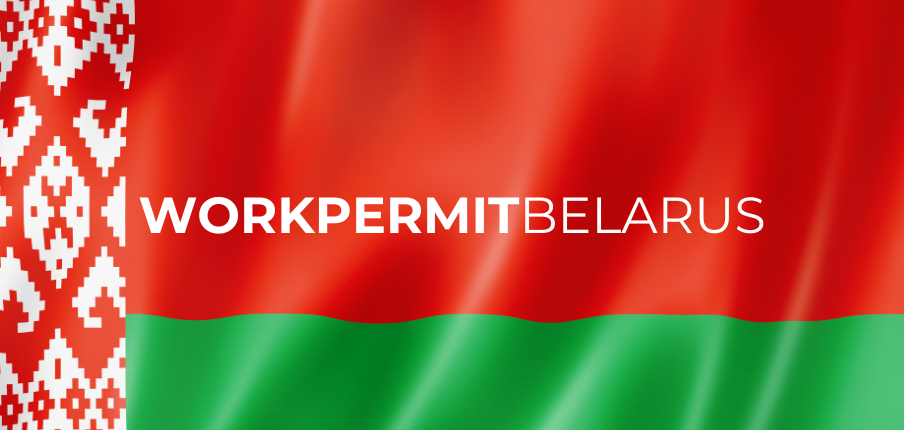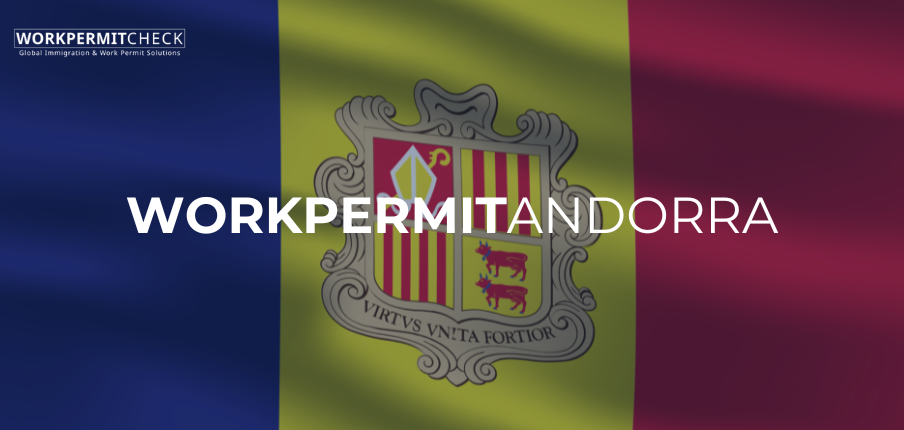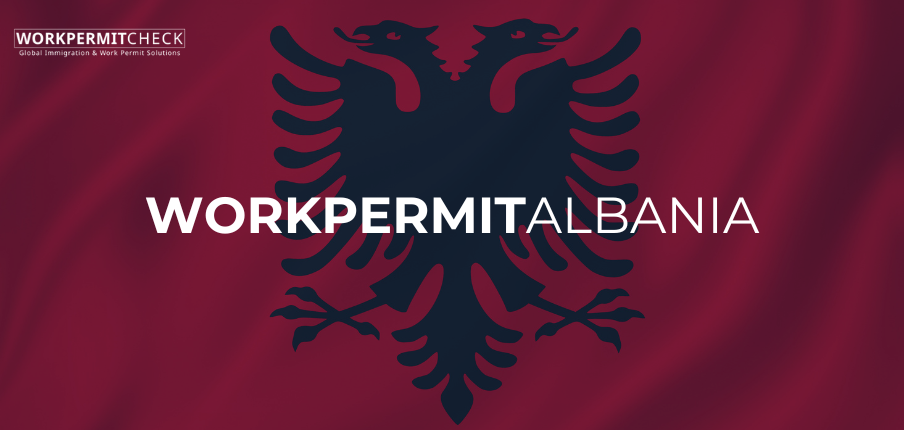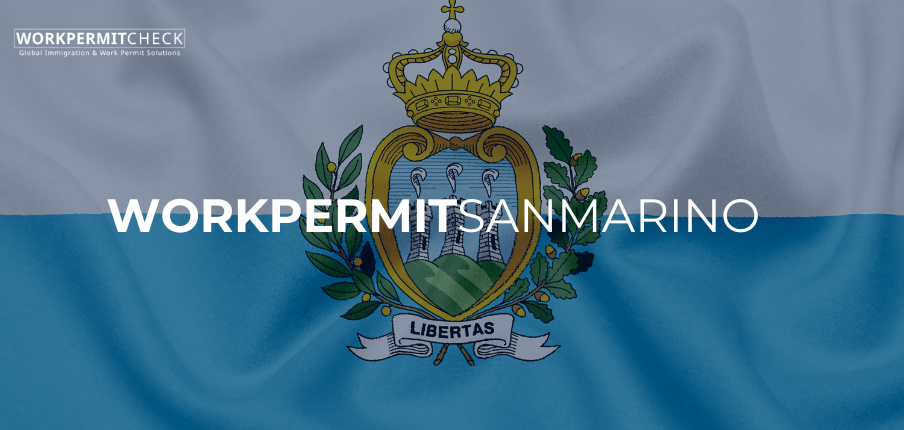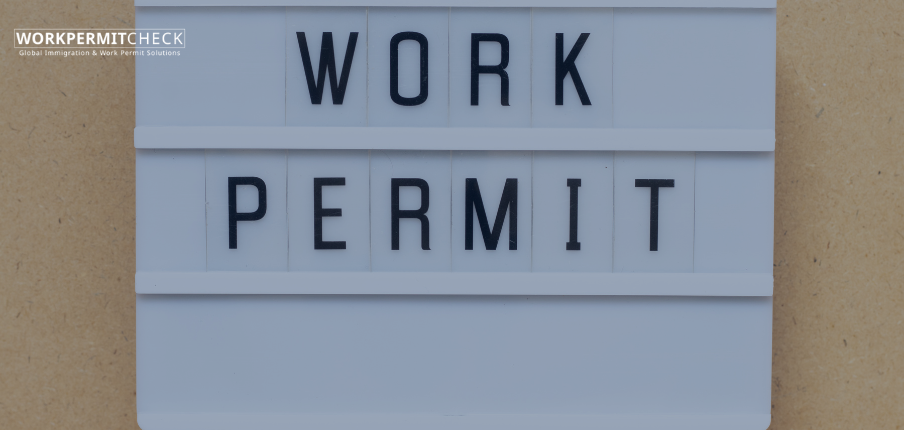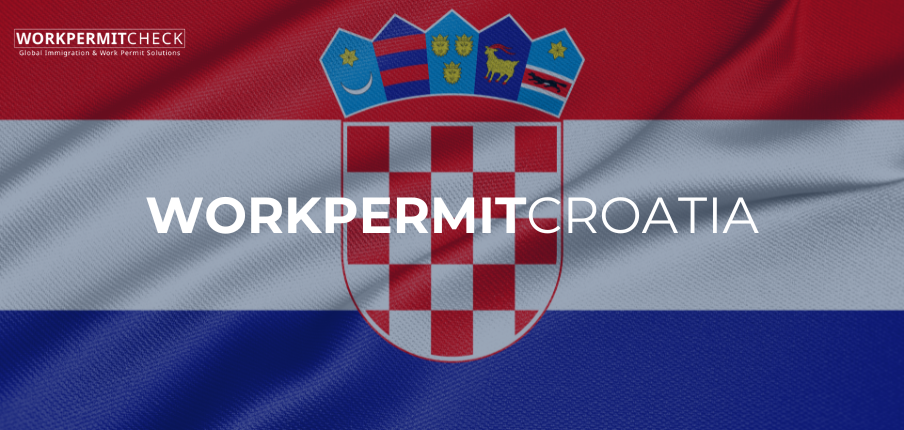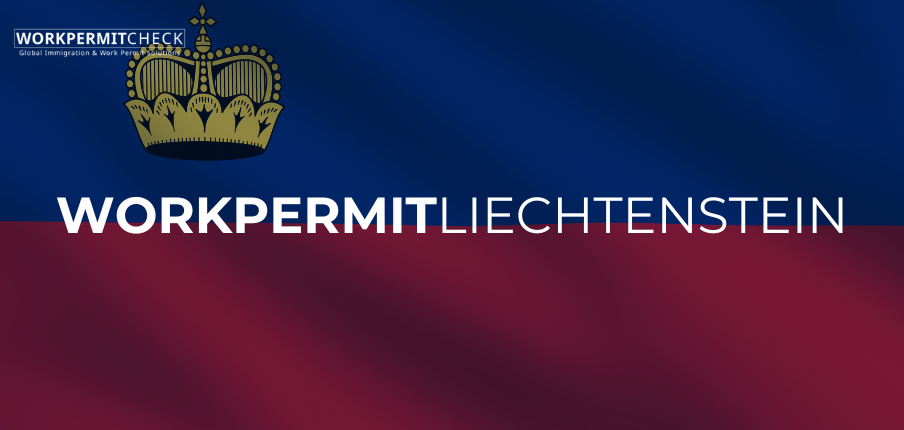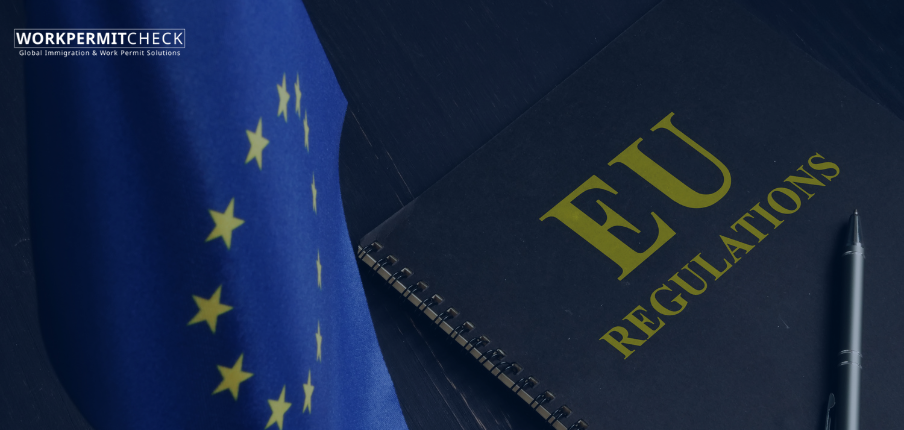Many foreign workers wonder whether holding a work permit can eventually lead to permanent residency (PR). While the answer depends on the country, work permits often serve as a stepping stone toward long-term residence. This guide explores how work permits can transition into permanent residency, the eligibility criteria, and the processes involved.
Understanding Work Permits vs. Permanent Residency
A work permit allows a foreign national to legally work in a country for a specified period, usually under an employer's sponsorship. It is typically tied to a specific job or sector and may have renewal limits. Permanent residency, on the other hand, grants individuals the right to live and work in a country indefinitely, often with fewer restrictions than a work permit holder.
How a Work Permit Can Lead to Permanent Residency
1. Meeting the Residency Requirement
Most countries require work permit holders to live and work there for a certain number of years before becoming eligible for PR. For example:
-
Netherlands: 5 years of continuous legal residence under a valid work permit.
-
Germany: 33 months (or 21 months with a high salary) for EU Blue Card holders.
-
Canada: Work permit holders can transition to PR through the Express Entry system or Provincial Nominee Programs (PNP).
-
United States: H-1B visa holders can apply for a Green Card through employer sponsorship.
2. Type of Work Permit Matters
Not all work permits lead to PR. Some temporary or seasonal work permits do not count toward residency, while high-skilled worker permits (e.g., EU Blue Card, Skilled Worker Visa) often provide a direct pathway.
3. Employment and Financial Stability
To qualify for PR, many countries require proof of stable employment, a minimum income level, and tax compliance. Highly skilled workers and professionals often have an advantage in securing PR status.
4. Language and Integration Requirements
Some countries require applicants to demonstrate language proficiency or pass an integration exam before granting PR. For example:
-
Germany: B1-level German proficiency for settlement permits.
-
Netherlands: Civic integration exam.
-
Canada: Language test for Express Entry.
5. Employer Sponsorship and PR Support
Some employers assist their foreign employees in transitioning from a work permit to PR by providing necessary documentation and support for PR applications.
Steps to Apply for Permanent Residency After Holding a Work Permit
-
Check Eligibility: Determine if your work permit allows for a PR transition and whether you meet the minimum stay requirement.
-
Gather Documents: This typically includes proof of employment, salary slips, tax records, language certificates, and residence history.
-
Submit Application: Apply through the appropriate PR program or pathway, such as Express Entry (Canada), Settlement Permit (Germany), or Indefinite Leave to Remain (UK).
-
Wait for Approval: Processing times vary by country and PR category.
-
Receive PR Status: Once approved, you gain the rights and benefits of a permanent resident, including the ability to change jobs freely and, in some cases, access public benefits.
Conclusion
A work permit can be an important step toward permanent residency, but the path varies depending on the country and type of work permit held. Workers should stay informed about local immigration laws and explore options to transition smoothly into PR. Consulting with an immigration expert or legal advisor can also help navigate the process efficiently.
April 4, 2025
